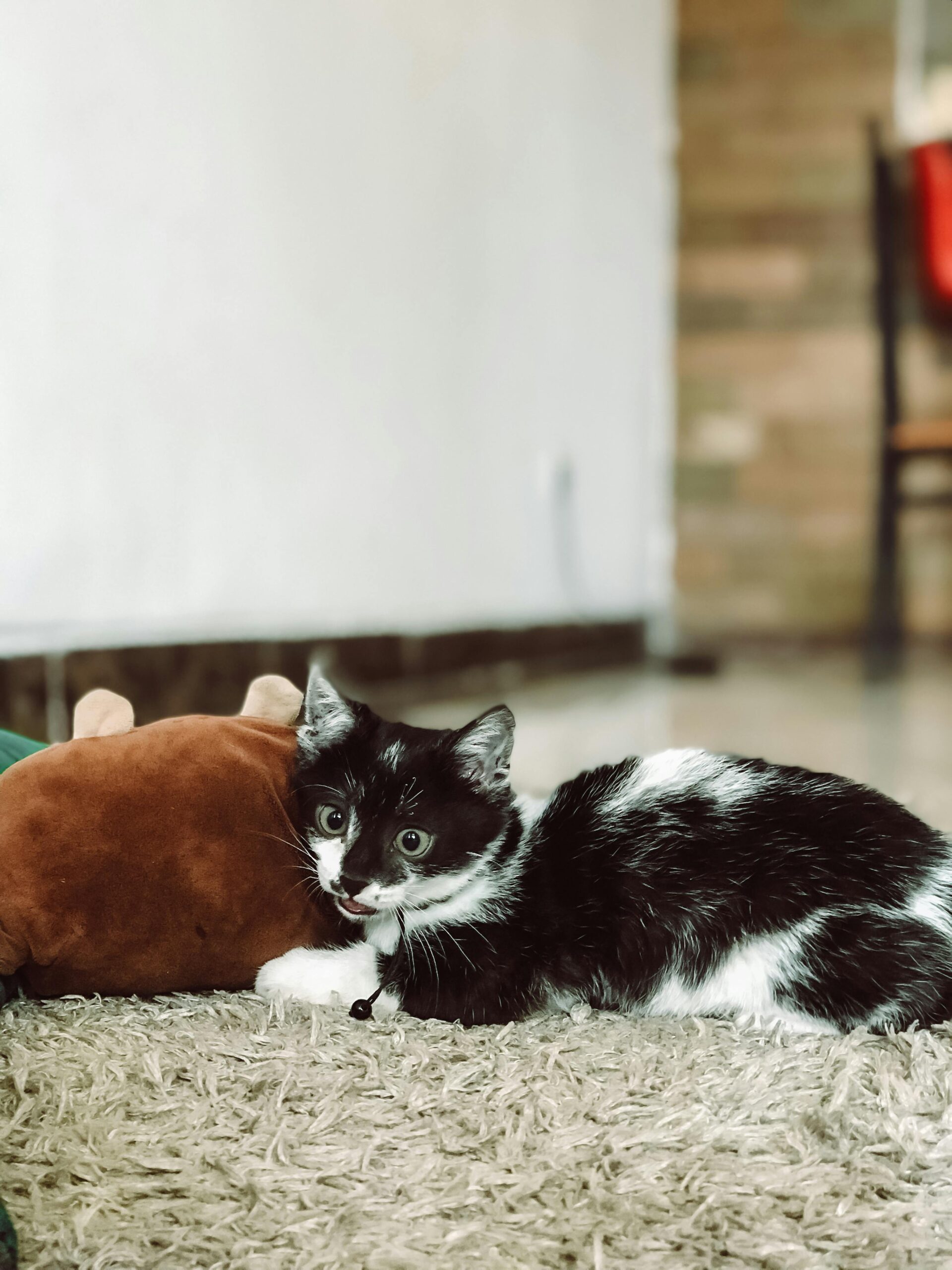There’s something mysterious about the way cats seem to bounce back from scrapes, surgeries, and sicknesses like little four-legged warriors. If you’ve ever wondered, do cats heal faster than humans? you’re not alone. It’s a question that blends biology with curiosity and throws us deep into the world of animal resilience.
And here’s the wild part: there’s science to back it up.
Cats aren’t just graceful little drama queens they’re also master healers. Their biology is built to recover in ways that make our slow human healing process look, well, a bit clunky by comparison. But why? And what does that say about other animals? Let’s get into it.
The Purring Paradox: More Than Just a Soothing Sound
Let’s start with the soothing soundtrack of cat ownership: the purr. Researchers have studied feline purring frequencies (usually between 25 and 150 Hz) and found something fascinating. These low-frequency vibrations promote tissue regeneration, bone healing, and pain relief—for the cat and potentially for humans who hang around them.
That’s right. Your cat might literally be purring itself into recovery.
So when people ask about the benefits of animal therapy, feline purring is more than just comforting; it’s possibly therapeutic on a cellular level. That’s part of why purring cats show up in hospital therapy programs and nursing homes. They’re not just pets; they’re fuzzy sound baths on paws.
Survival of the Fittest… and the Quietest?
Unlike dogs, cats in the wild don’t tend to show pain. It’s a survival tactic. If you’re a small predator (or potential prey), looking weak can get you eaten. So cats evolved to heal quietly and quickly. No whining. No limping for sympathy.
This might explain why your cat seems fine after falling off a bookshelf then goes and curls up like nothing happened. Beneath that cool exterior, their immune and muscular systems are going into overdrive. Meanwhile, we humans twist an ankle and spend six weeks icing it with a heating pad and regret.
Still, while cats may heal faster, it doesn’t mean they don’t suffer. Pain in animals can be hard to spot so don’t assume your silent cat is okay just because it’s not yowling.
Comparing Recovery: Humans vs. Cats
Humans are advanced in a lot of ways. But when it comes to wound healing, tissue repair, and inflammation control, cats have some impressive biological edges:
- Faster skin cell regeneration
- More efficient inflammatory response
- Less scar tissue formation
- Enhanced clotting mechanisms
Even in surgeries, veterinarians often see cats recover quicker than dogs or humans in similar conditions. Which brings us back to that original question: do cats heal faster than humans? Yes, in many cases, they do. Nature’s weird like that.
So Where Do Dogs Fit Into This?
Now before the dog people start growling, let’s clear something up. Dogs may not have the same super-healing purr magic as cats, but they bring their own kind of emotional medicine to the table.
There’s a reason people search terms like does Dog is Human work, or want to know about Dog is Human side effects because dog-centered supplements, training methods, and emotional support strategies are booming.
That’s because dogs better than people? Well, at least for stress relief, they might be. From impact dogs used in trauma therapy to service animals trained for anxiety, PTSD, or panic disorders, dogs aren’t just man’s best friend—they’re mental health MVPs.
Why Healing Isn’t Just Physical
When we talk about healing, we often focus on the body. But mental and emotional recovery? That’s where animals really shine.
Think about how animals and healing go together. Whether it’s through the silent comfort of a cat resting beside you, or a dog leaning against you when you’re overwhelmed, these are real responses—your brain literally calms down around them.
This is why people are drawn to anxiety animals and emotional support pets. And why programs promoting animals who help humans have gained traction in everything from schools to nursing homes.
So even if a dog can’t heal a wound faster than a cat, its ability to prevent emotional spirals or help someone re-engage with life is just as valuable.
The Healing We Give in Return
It’s not all take. How do humans help animals? We provide care, safety, love, and in many cases, second chances. Rescue organizations around the world are full of stories of broken animals who thrive because someone believed in them.
This mutual bond matters. It’s the unspoken pact between species. And if you’ve ever found yourself wondering how do animals and people interact?, or how can animals and people help one another?, you’ve probably experienced it firsthand.
Because when we talk about why is helping animals important, or why do we have animals, it’s more than companionship. It’s connection. It’s the kind of healing that flows in both directions.
Other Species, Other Surprises
While cats are healing champs, other animals deserve a nod here too. Horses are used in equine therapy because of their emotional sensitivity. Dolphins have been used with autistic children. Even rabbits and guinea pigs have been included in school-based mental health programs.
Ask any animal lover, and they’ll rattle off 5 unexpected benefits of having a cat or a lizard, or a bird, or even a pig. The truth is, it’s less about species and more about the bond.
So if you’re still asking how do different animals help each other, or why do animals like certain people, the answer might be simpler than we think: presence, trust, consistency. That’s what we all crave.
Final Thoughts: Animal Biology Meets Emotional Alchemy
So yes, cats do heal faster than humans. But that’s not the whole story.
The real magic is in how animals support our healing too. Whether it’s the purr of a cat, the tail wag of a dog, or the silent companionship of a rabbit watching TV with you, they anchor us. They remind us we’re not alone, not broken, not past the point of mending.
It’s not just about biology. It’s about connection. It’s about realising that maybe, just maybe, animals aren’t here to be lesser versions of us; they’re our partners in healing.





